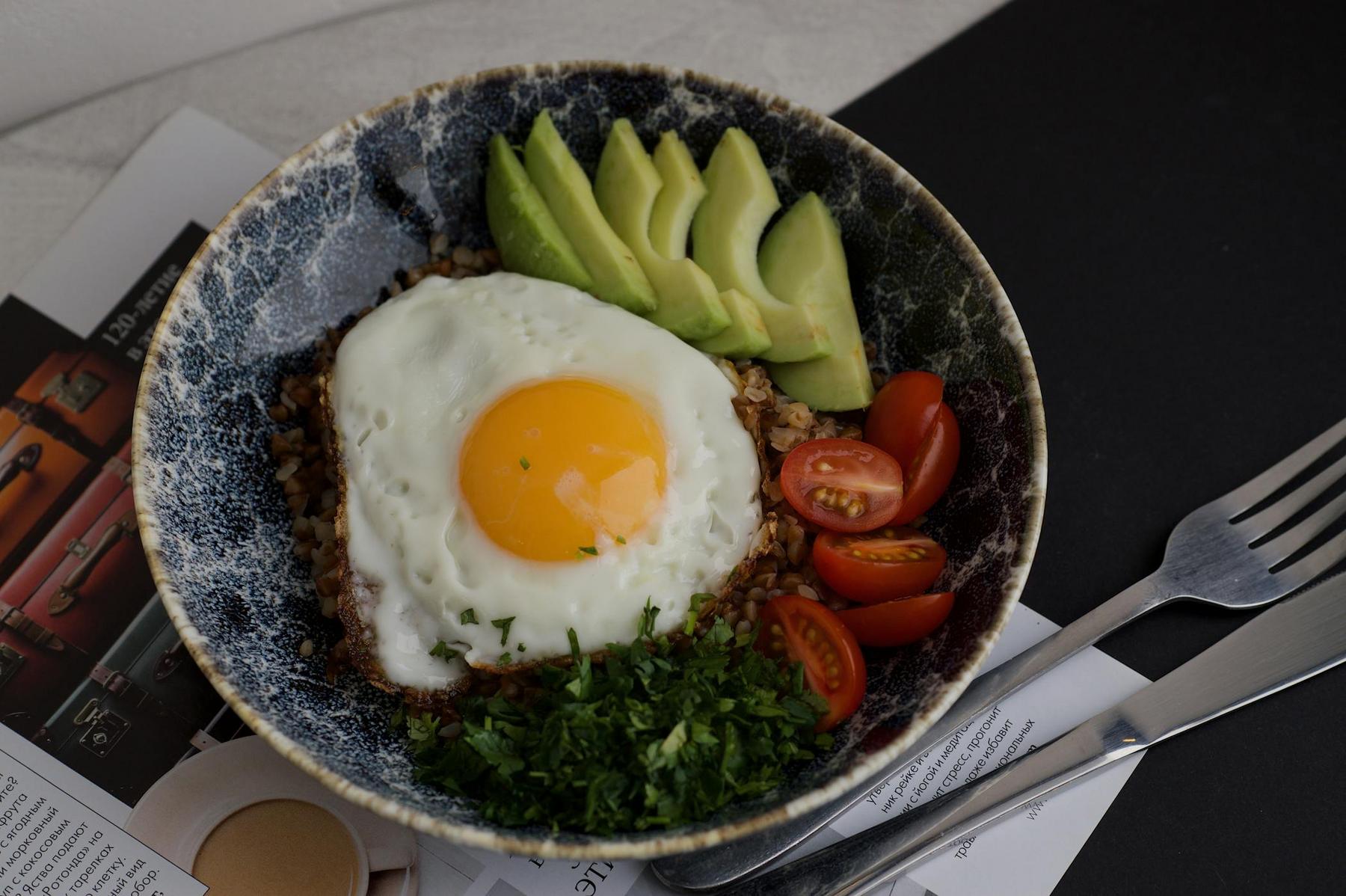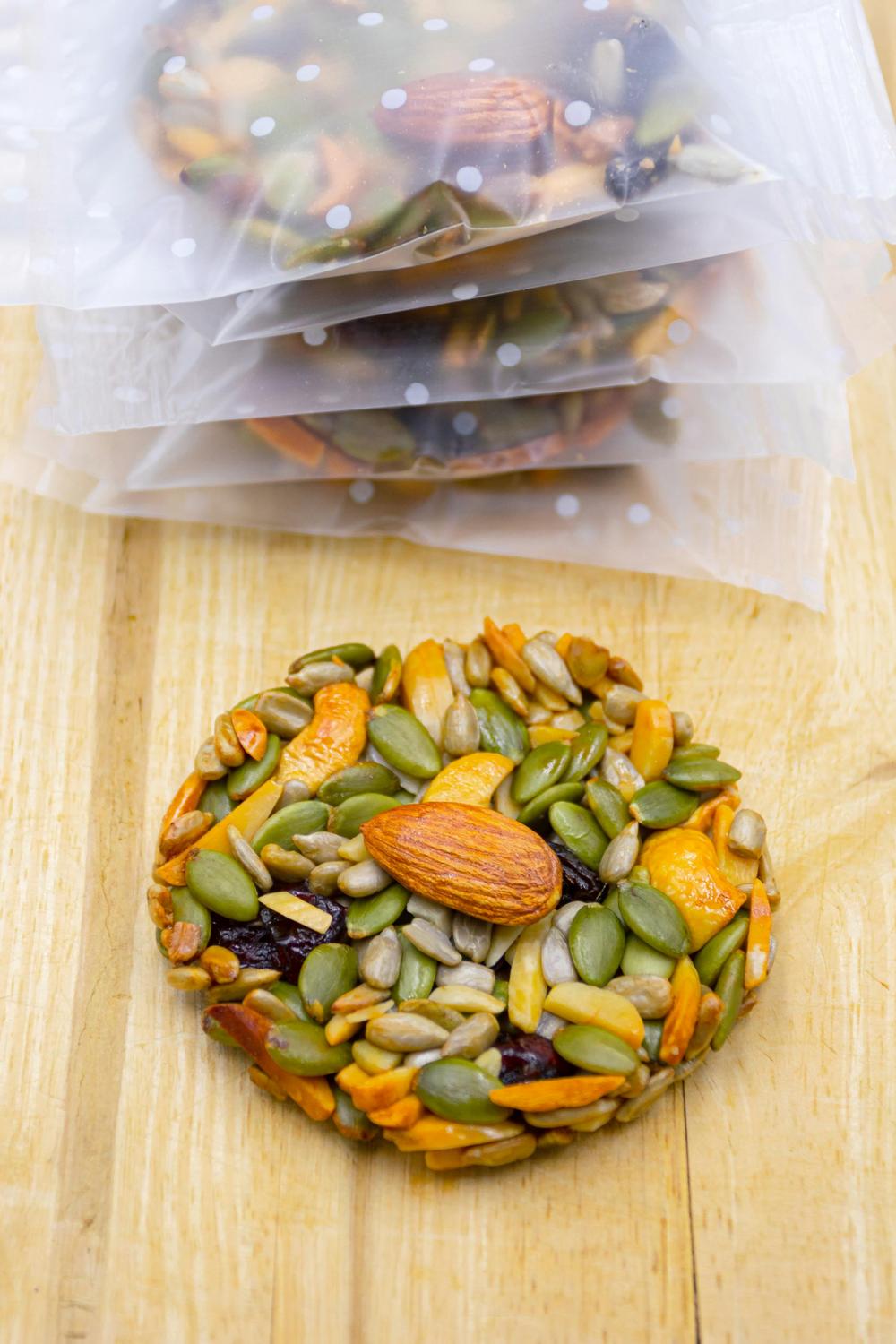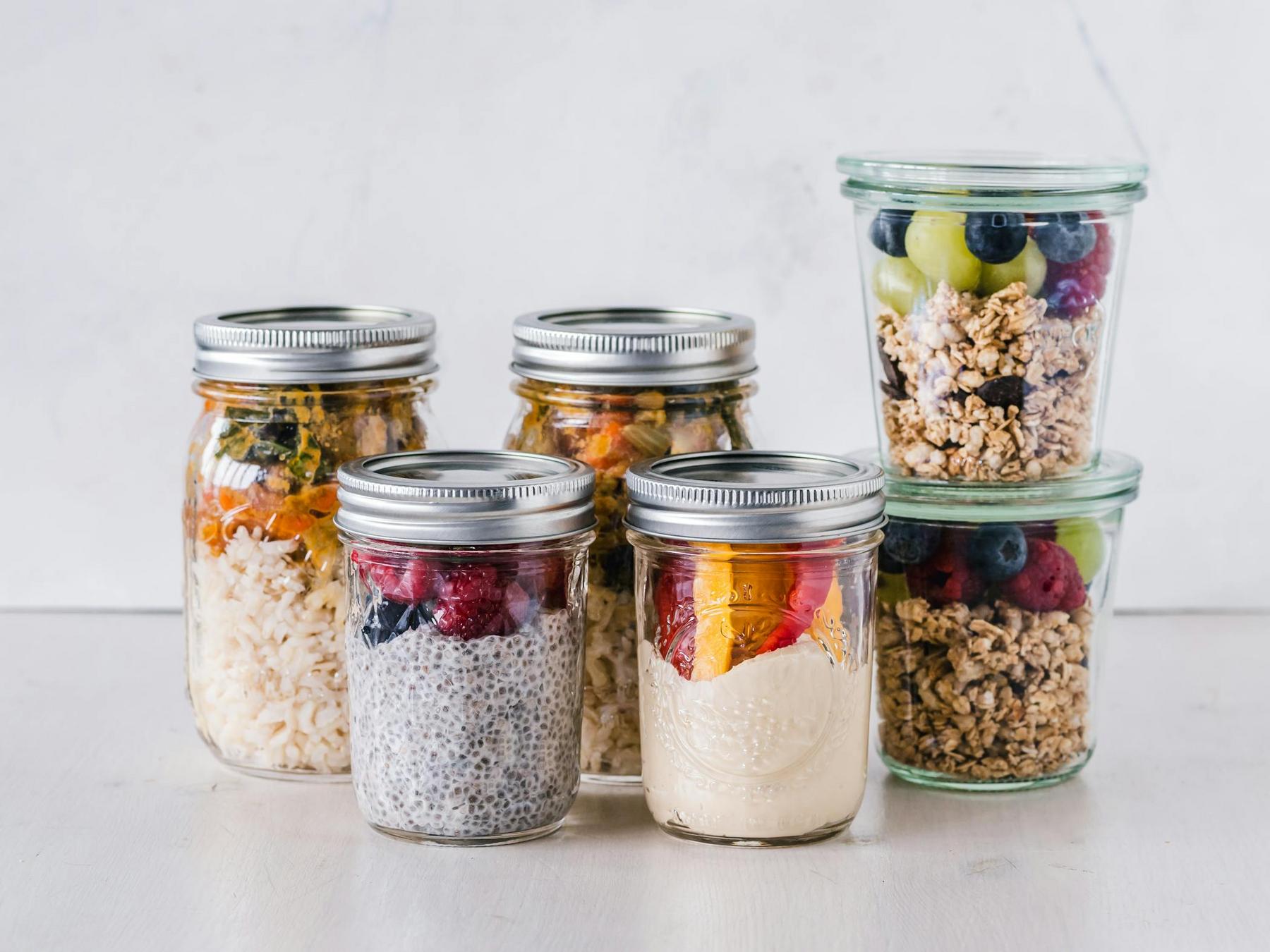The gluten-free food market has expanded dramatically, with global sales exceeding $12 billion as consumers increasingly seek alternatives to traditional wheat-based products. Yet despite this popularity, many Australians following gluten-free diets for weight loss find themselves confused by contradictory information and disappointed by minimal results. The reality is more nuanced than marketing suggests: whilst gluten-free recipes can support weight management goals, success depends less on gluten elimination and more on fundamental nutritional principles that many overlook.
For individuals without coeliac disease or non-coeliac gluten sensitivity—which collectively affect approximately 3-4% of the population—removing gluten offers no inherent metabolic advantage for weight reduction. Research from Harvard T.H. Chan School of Public Health confirms there is currently no evidence showing that a gluten-free diet is effective for weight loss in individuals without gluten-related medical conditions. However, when gluten-free recipes are strategically formulated around evidence-based nutritional principles, they can become powerful tools within a comprehensive weight management approach.
What Makes Gluten-Free Recipe Ideas Effective for Weight Loss Support?
The effectiveness of gluten-free recipe ideas for weight loss support hinges entirely on their nutritional composition rather than gluten absence itself. Three critical factors determine whether a gluten-free recipe will support or sabotage weight management efforts: macronutrient balance, energy density, and overall food quality.
Protein prioritisation stands as the most significant determinant of success. Research demonstrates that protein is the most satiating macronutrient, increasing production of fullness hormones (PYY and GLP-1) whilst reducing ghrelin, the hunger hormone. The thermic effect of food (TEF) for protein reaches 20-30%, meaning your body expends 20-30% of protein calories simply digesting it—compared to only 5-10% for carbohydrates and 0-3% for fat. A University of Illinois study found that successful dieters who lost an average of 12.9% of body weight consumed significantly more protein and fibre whilst limiting calories to 1,500 or less daily.
Fibre content serves as the second crucial element. Most Australians consume only half their recommended daily fibre intake, yet this nutrient plays a vital role in weight management by delaying gastric emptying, promoting satiation, and regulating blood glucose absorption. Research by Flynn et al. identified an energy density threshold of approximately 1.75 kcal/g, below which individuals consume food based on volume rather than calorie content—eating until physical fullness is achieved. High-fibre foods naturally fall below this threshold, providing substantial volume with fewer calories.
Whole food emphasis distinguishes effective gluten-free recipes from processed alternatives. Many commercial gluten-free products paradoxically contribute to weight gain despite their health halo. The Coeliac Disease Foundation documented concerning trends amongst coeliac patients following gluten-free diets: mean BMI increased from 24.0 to 24.6 after starting gluten-free diets, with 17% of patients at normal weight becoming overweight or obese. This occurred because processed gluten-free products often contain elevated amounts of fat, sugar, and calories to compensate for texture and flavour lost when removing gluten.
Which Macronutrients Should Gluten-Free Weight Loss Recipes Prioritise?
Strategic macronutrient distribution transforms ordinary gluten-free recipes into weight loss tools. Research-supported optimal breakdown includes 30% protein, 25-35% fat (emphasising unsaturated fats), and 35-45% carbohydrates (prioritising high-fibre, whole-food sources).
Protein Targets and Sources
For weight loss, protein intake should reach 1.2-2 g/kg body weight—substantially higher than the general Recommended Dietary Allowance of 0.8 g/kg. For most adults, this translates to approximately 80-100 grams daily or 30% of total calories. High-quality gluten-free protein sources include:
Animal proteins: Lean cuts of chicken breast (26g protein per 85g serving), fish fillets (17-20g per 85g), eggs (6g per large egg), and Greek yoghurt (approximately 20g per 200g serving) provide complete amino acid profiles with minimal preparation requirements.
Plant-based proteins: Lentils (9g per half cup cooked), chickpeas (6.2g per half cup), and quinoa (8g per cup cooked) offer protein alongside substantial fibre content, creating synergistic satiety effects.
Fibre Requirements
The Academy of Nutrition and Dietetics recommends 24 grams daily for women and 38 grams for men, but for weight loss support, targeting 20-40 grams daily provides optimal benefits. Gluten-free fibre sources must be intentionally incorporated, as many gluten-free processed grain products are notably deficient in this crucial nutrient.
High-fibre gluten-free options include vegetables (artichokes provide 9.6g per cup cooked, Brussels sprouts offer 6.4g per cup), legumes (split peas deliver 8.2g per half cup, lentils provide 7.8g), and certified gluten-free whole grains (oats contain 10.4g per 100g, quinoa offers 8g per cup cooked).
Energy Density Considerations
Water content determines energy density more than any other factor. Raw carrots, which are 88% water, contain only approximately 25 calories per medium carrot. Grapefruits, at 90% water, provide merely 64 calories per half fruit. Structuring gluten-free recipes around high-water vegetables naturally reduces energy density whilst maximising volume—allowing substantial portions that promote psychological satisfaction without caloric excess.
What Are the Best Gluten-Free Recipe Categories for Weight Management?
Evidence-based gluten-free recipe categories for weight loss support emphasise simplicity over complexity, prioritising whole foods that naturally lack gluten rather than processed replacements.
High-Protein Breakfast Foundations
Greek yoghurt-based preparations combine approximately 20-25g protein with 4-6g fibre when topped with berries and a measured portion of nuts or seeds. Total calories remain around 300 whilst providing sustained satiety through morning hours.
Egg-based dishes offer versatility with exceptional protein density. Vegetable frittatas incorporating spinach, mushrooms, and peppers deliver 20-30g protein alongside 3-5g fibre from vegetables. Research shows breakfast protein intake particularly influences satiety hormones throughout the day, reducing mid-morning snacking impulses.
Overnight oats prepared with certified gluten-free oats, Greek yoghurt, chia seeds, and berries provide balanced macronutrients: 20-25g protein, 8-10g fibre, and approximately 300 calories. The preparation method requires no cooking, supporting consistent adherence.
Balanced Lunch Compositions
Salad combinations built on mixed greens or spinach (unlimited quantities) with substantial protein sources (grilled chicken, salmon, hard-boiled eggs, or legumes) and two or more cups of colourful vegetables create high-volume, low-energy-density meals. Research demonstrates that starting meals with large salads significantly reduces subsequent caloric intake.
Soup-based meals leverage the satiety advantages of high-water content. Lentil soup with vegetables provides both high fibre and protein. Research consistently shows that beginning meals with broth-based soups reduces overall meal caloric intake by promoting early satiation signals.
Satisfying Dinner Strategies
The most effective dinner recipes follow a simple formula: lean protein source + two or more cups of vegetables + modest portion of whole grain or starchy vegetable. Research from the Mayo Clinic emphasises that simple whole-food combinations provide superior satiety compared to complex processed recipes.
Practical combinations include:
- Baked fish with roasted broccoli and sweet potato
- Grilled chicken breast with steamed vegetables and brown rice
- Lean ground turkey with corn tortillas loaded with vegetables
Avoiding heavy sauces in favour of herbs, spices, lemon, or vinegar maintains lower caloric density whilst enhancing flavour complexity.
How Do You Avoid Common Gluten-Free Diet Pitfalls That Sabotage Weight Loss?
Numerous pitfalls transform well-intentioned gluten-free approaches into weight gain scenarios. Understanding these traps enables strategic avoidance.
The Processed Food Trap
Commercial gluten-free bread, pastries, crackers, and desserts frequently contain elevated sugar, fat, and calorie content to compensate for texture and flavour differences. Many gluten-free pasta varieties, whilst suitable for coeliac disease management, offer minimal fibre and substantial calories compared to whole-grain alternatives.
Research reveals the “health halo” effect: when one aspect of food is marketed as healthy (such as gluten-free labelling), consumers tend to consume larger portions, negating any potential benefits. This psychological phenomenon contributes significantly to the BMI increases documented in coeliac patients following gluten-free diets.
Nutritional Deficiency Risks
Gluten-free processed grain products typically lack essential nutrients including fibre, iron, calcium, B vitamins (thiamine, riboflavin, niacin, folate), and zinc. Additionally, gluten contains arabinoxylan oligosaccharide, a prebiotic carbohydrate that stimulates beneficial bifidobacteria activity in the colon. Removing gluten without strategic replacement may negatively impact gut microbiota composition and function.
The Australian Dietary Guidelines emphasise consuming mostly whole-grain varieties within the grain (cereal) foods category—a principle that remains crucial when following gluten-free approaches. Certified gluten-free oats, quinoa, and brown rice should replace refined gluten-free starches.
The “Slider Foods” Problem
Ultra-processed foods—including many gluten-free snack products—are engineered for extreme palatability but fail to trigger satiety hormones. These foods “slide through” the stomach quickly due to minimal fibre and protein content, causing rapid blood glucose spikes followed by energy crashes that perpetuate hunger cycles.
What Does the Research Say About Gluten-Free Diets and Weight Loss?
Research presents a nuanced picture that contradicts simplified marketing messages about gluten-free diets for weight loss.
Weight Change Patterns
The Coeliac Disease Foundation’s 2019 research documented concerning BMI changes amongst coeliac patients following gluten-free diets:
| Initial Weight Status | Remained Same Category | Gained Weight Category | Lost Weight Category |
|---|---|---|---|
| Underweight | 65.2% achieved normal weight | 4.4% became overweight/obese | N/A |
| Normal weight | 80% remained normal | 17% became overweight/obese | 3% became underweight |
| Overweight | 64% remained overweight | 17.3% became obese | 18.7% achieved normal weight |
| Obese | 87.2% remained obese | N/A | 1.3% achieved normal weight |
These data demonstrate that gluten-free diets do not automatically promote weight loss—particularly concerning given that 87.2% of obese patients remained obese after adopting gluten-free eating patterns.
Mechanisms Behind Weight Gain
Several physiological mechanisms explain why gluten-free diets may promote weight gain rather than loss:
Improved nutrient absorption: When intestinal damage heals in coeliac patients, the body absorbs calories more efficiently. This biological advantage for nutritional status paradoxically creates challenges for weight management.
Appetite normalisation: Initial deficiencies in zinc and iron may suppress appetite. As these deficiencies resolve through supplementation and intestinal healing, normal appetite returns—often resulting in increased food consumption.
Compensatory eating patterns: The restriction of familiar foods may trigger compensatory behaviours, including increased portion sizes of permitted foods and frequent snacking on gluten-free processed products.
Evidence for Non-Coeliac Populations
Harvard T.H. Chan School of Public Health research concludes that whilst individuals may experience initial weight loss when removing processed foods from their diet, there is no evidence supporting gluten-free diets for weight loss or general health benefits in people without coeliac disease or gluten sensitivity. Furthermore, long-term gluten avoidance may increase cardiovascular disease risk in non-coeliac individuals due to reduced whole grain consumption.
How Can You Structure Gluten-Free Meals for Maximum Satiety?
Strategic meal structuring amplifies the weight loss support potential of gluten-free recipes through evidence-based sequencing and composition.
The Plate Method Aligned with Australian Dietary Guidelines
The Australian Guide to Healthy Eating recommends specific daily serves:
- Vegetables and legumes/beans: at least 5 serves
- Grain (cereal) foods, mostly wholegrain: 4-6 serves
- Fruit: 2 serves
- Lean meats and poultry, fish, eggs, tofu, nuts, seeds, legumes: 2.5-3 serves
- Dairy and alternatives (mostly reduced fat): 2.5-4 serves
Translating these recommendations into individual meal structure:
- ½ plate: Non-starchy vegetables (contributing to the 5+ daily serves)
- ¼ plate: High-quality protein (meeting the 2.5-3 serve recommendation)
- ¼ plate: Whole grains or starchy vegetables (within the 4-6 serve guideline)
- Small addition: Healthy fats in measured amounts
Meal Timing and Sequence
Research demonstrates that meal sequencing influences satiety and subsequent intake. Starting meals with broth-based soups or large salads reduces total meal caloric consumption by triggering early satiation signals. This strategy leverages the stomach’s volumetric receptors, which signal fullness based partially on physical distension.
Breakfast importance: Research consistently shows that breakfast consumption, particularly when protein-rich, reduces mid-morning snacking and improves overall dietary adherence. Skipping breakfast frequently leads to compensatory overeating later in the day.
Evening protein emphasis: Consuming 30 or more grams of protein at dinner has been shown to reduce late-night cravings and improve next-morning appetite regulation. This strategy aligns with metabolic processes that utilise protein for muscle maintenance and repair during overnight fasting periods.
Hydration Integration
Water consumption before and during meals enhances satiety signals whilst contributing zero calories. Research shows that drinking water before meals can reduce subsequent caloric intake, particularly when consuming lower-energy-density foods. This simple strategy complements the high-water content of vegetable-focused gluten-free recipes.
Supporting Weight Loss Through Comprehensive Medical Management
Whilst gluten-free recipe ideas can support weight loss efforts when properly formulated, sustainable weight management typically requires comprehensive approaches that extend beyond dietary modifications alone. Professional guidance ensures nutritional adequacy whilst preventing the common pitfalls that undermine independent efforts.
The Australian healthcare system provides access to AHPRA-registered doctors, clinical dietitians, and health coaches who can develop personalised treatment plans based on individual health status, preferences, and goals. For individuals with a BMI of 27 or above, structured medical weight management programmes offer evidence-based interventions that address the complex physiological, psychological, and behavioural factors influencing body weight.
Research demonstrates that professional support significantly improves outcomes. The University of Illinois study found that the correlation between protein/fibre intake and weight loss was particularly strong at the 3-month and 12-month marks—time periods where professional accountability and guidance prove most valuable for maintaining adherence.
Gluten-free recipe planning can be effectively incorporated as one component within comprehensive medical weight management strategies, but should not be positioned as a standalone solution. The nutritional principles that make gluten-free recipes effective for weight loss—high protein, high fibre, whole food emphasis, appropriate energy density—apply equally to gluten-containing diets. The choice to follow gluten-free eating patterns should be based on medical necessity (coeliac disease, non-coeliac gluten sensitivity, wheat allergy) rather than presumed weight loss advantages.
Professional dietitian guidance becomes particularly important for gluten-free diets to prevent nutritional deficiencies and ensure adequate intake of fibre, B vitamins, iron, and calcium—nutrients frequently lacking in gluten-free eating patterns. Monthly consultations allow for strategy adjustments based on progress, challenges, and changing circumstances, whilst continuous professional support maintains motivation during inevitable plateaus.
Do gluten-free recipes automatically support weight loss?
No, gluten-free recipes do not automatically support weight loss. Research from Harvard T.H. Chan School of Public Health shows no evidence that gluten-free diets promote weight loss in individuals without coeliac disease or gluten sensitivity. Weight loss depends on overall caloric intake, macronutrient composition (particularly protein and fibre content), and food quality rather than gluten elimination. Many commercial gluten-free products contain elevated sugar, fat, and calories that may actually promote weight gain. Effective gluten-free recipes for weight loss must prioritise high protein (30% of calories), high fibre (20-40g daily), and whole foods whilst maintaining an appropriate caloric deficit.
What macronutrient balance should gluten-free weight loss recipes target?
Research-supported gluten-free recipes for weight loss should target approximately 30% protein (1.2-2 g/kg body weight or 80-100+ grams daily), 25-35% fat (emphasising unsaturated sources), and 35-45% carbohydrates (prioritising high-fibre whole foods). A University of Illinois study found that successful dieters who lost an average of 12.9% body weight consumed significantly more protein and fibre whilst limiting calories. This macronutrient distribution maximises satiety through protein’s thermic effect (20-30% of protein calories expended during digestion), fibre’s volume and delayed gastric emptying, and appropriate energy balance for sustainable fat loss.
Which gluten-free foods provide the most satiety for weight management?
High-protein, high-fibre gluten-free foods provide maximum satiety. Top protein sources include Greek yoghurt (20g per 200g serving), chicken breast (26g per 85g), fish (17-20g per 85g), eggs (6g each), and legumes (lentils provide 9g per half cup with 7.8g fibre). High-fibre options include vegetables (Brussels sprouts with 6.4g per cup, artichokes with 9.6g per cup), legumes (split peas with 8.2g per half cup), and certified gluten-free whole grains (oats with 10.4g per 100g, quinoa with 8g per cup). Research by Flynn et al. shows foods below 1.75 kcal/g energy density promote eating based on volume rather than calories, making high-water vegetables particularly effective.
Can following a gluten-free diet cause weight gain?
Yes, gluten-free diets can cause weight gain, particularly when relying on processed gluten-free products. Coeliac Disease Foundation research documented mean BMI increases from 24.0 to 24.6 after starting gluten-free diets, with 17% of normal-weight patients becoming overweight or obese. Weight gain occurs through multiple mechanisms: improved nutrient absorption as intestines heal, consumption of high-calorie processed gluten-free products, the ‘health halo’ effect causing larger portions, and appetite normalisation as nutritional deficiencies resolve. To prevent weight gain on gluten-free diets, emphasise whole foods naturally lacking gluten (vegetables, lean proteins, legumes, whole gluten-free grains) rather than processed gluten-free replacement products.
Should I follow a gluten-free diet for weight loss if I don’t have coeliac disease?
No, current research does not support adopting gluten-free diets for weight loss in individuals without coeliac disease, non-coeliac gluten sensitivity, or wheat allergy. Harvard T.H. Chan School of Public Health confirms no evidence exists showing gluten-free diets promote weight loss or health benefits in non-coeliac populations. Additionally, unnecessary gluten avoidance may increase nutritional deficiency risks (particularly fibre, B vitamins, iron, calcium), disrupt beneficial gut microbiota through loss of prebiotic effects, increase cardiovascular disease risk through reduced whole grain consumption, and create unnecessary financial burden. Effective weight loss depends on fundamental nutritional principles—adequate protein, sufficient fibre, appropriate caloric deficit—achievable through either gluten-containing or gluten-free diets when medically necessary.



